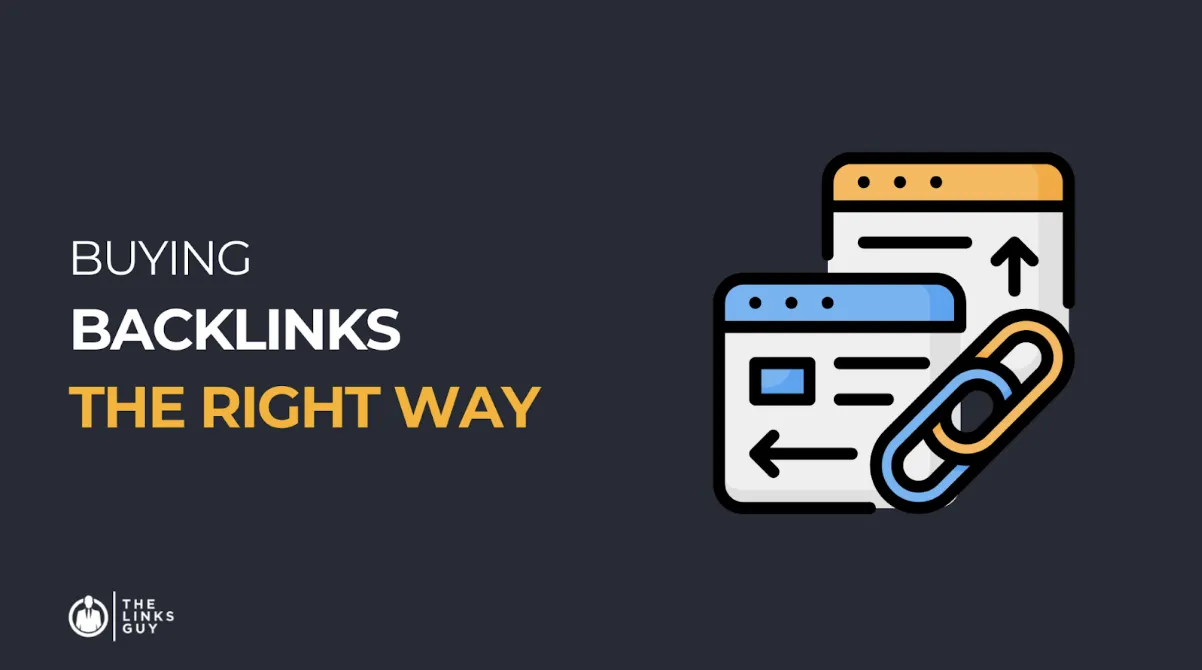Web development today demands more than isolated skills. Modern applications are fast, interactive, and complex. To deliver this, businesses look for developers who can see the big picture — how the frontend and backend work together seamlessly.
This ability is what defines full stack development. It’s not about being a specialist in everything but knowing enough to build an entire application from scratch. For developers, this combination of skills unlocks flexibility, efficiency, and new opportunities.
The Role of Full Stack Development in Modern Projects
A typical web application has two sides: what the user interacts with (frontend) and how the system works behind the scenes (backend). Both sides need to align perfectly. Similarly, a robust backend means little if users can’t navigate the application. For instance, platforms offering games like this website ensure that a responsive frontend complements the robust backend logic to deliver an uninterrupted and immersive gaming experience.
Companies appreciate developers who can manage both ends because they make projects:
- Faster to build: A single developer can oversee multiple layers without waiting on others.
- Easier to manage: Fewer handovers reduce communication gaps and errors.
- Cost-effective: Hiring one versatile developer is more practical than hiring two specialists for smaller teams.
For developers, being full stack brings career flexibility. Employers prefer professionals who adapt quickly and solve diverse problems. It also opens freelance opportunities where end-to-end project ownership is common.
However, being full stack doesn’t mean mastering every framework. It’s about knowing the core technologies, understanding where they fit, and learning to connect the dots.
Core Technologies Every Full Stack Developer Needs
To integrate frontend and backend effectively, developers need to work with tools that power modern applications.
Frontend: Building the User Interface
Frontend development focuses on what users see and interact with. The essentials include:
- HTML, CSS, and JavaScript: The foundation of all web pages. Without these, nothing works.
- Frameworks and libraries: Tools that speed up development, such as React.js, Vue.js, and Angular.
- Responsive design: Tools like Bootstrap and Tailwind CSS help ensure interfaces work on any device or screen size.
Good frontend developers focus on usability and performance. Every button click, animation, or page load must feel smooth.
Backend: Managing the Server and Data
Backend development supports everything that happens “under the hood,” including server operations, data management, and security. Key technologies are:
- Programming languages and frameworks
- Databases (SQL databases, like MySQL and PostgreSQL, and NoSQL databases, like MongoDB)
- APIs
Deployment and Collaboration Tools
Full stack developers also need to know:
- Version control: Git for tracking changes and collaborating with teams.
- Deployment platforms: Services like AWS, Heroku, or Netlify for hosting applications.
- CI/CD pipelines: Automating tests, builds, and deployments.
With these tools, developers can take an application from an idea to a live product.
How to Build Full Stack Skills
Full stack development requires a step-by-step approach. Jumping into everything at once is overwhelming. Here’s a practical roadmap:
1. Build a Strong Foundation
Start with the basics: HTML, CSS, and JavaScript. These tools are the backbone of the web. You don’t need fancy frameworks until you’re comfortable here.
2. Pick Your First Stack
Start simple. Focus on one frontend tool like React and pair it with a backend like Node.js. Learn to connect them and create basic projects.
3. Build Real Projects
Theory won’t make you a developer. Start small, then scale up. For example:
- A to-do list app with a database.
- A weather dashboard pulling data from APIs.
- An e-commerce website with user login, products, and payments.
4. Learn Collaboration Tools
Use Git to track changes, host your projects on GitHub, and deploy them on platforms like Heroku or AWS. Deployment teaches you how applications go live in the real world.
5. Enroll in Comprehensive Learning Programs
Structured courses help speed up the process. They offer step-by-step guidance, hands-on projects, and mentorship — things you can’t always get when learning alone.
To Sum Up
For developers, becoming full stack is about understanding how the pieces connect — how users interact with applications and how systems respond. This skill doesn’t just make developers employable; it makes them indispensable problem-solvers in a fast-changing industry.
The path to full stack development takes time, but the payoff is clear. Building, testing, and deploying a complete application is an achievement that is hard to match.










